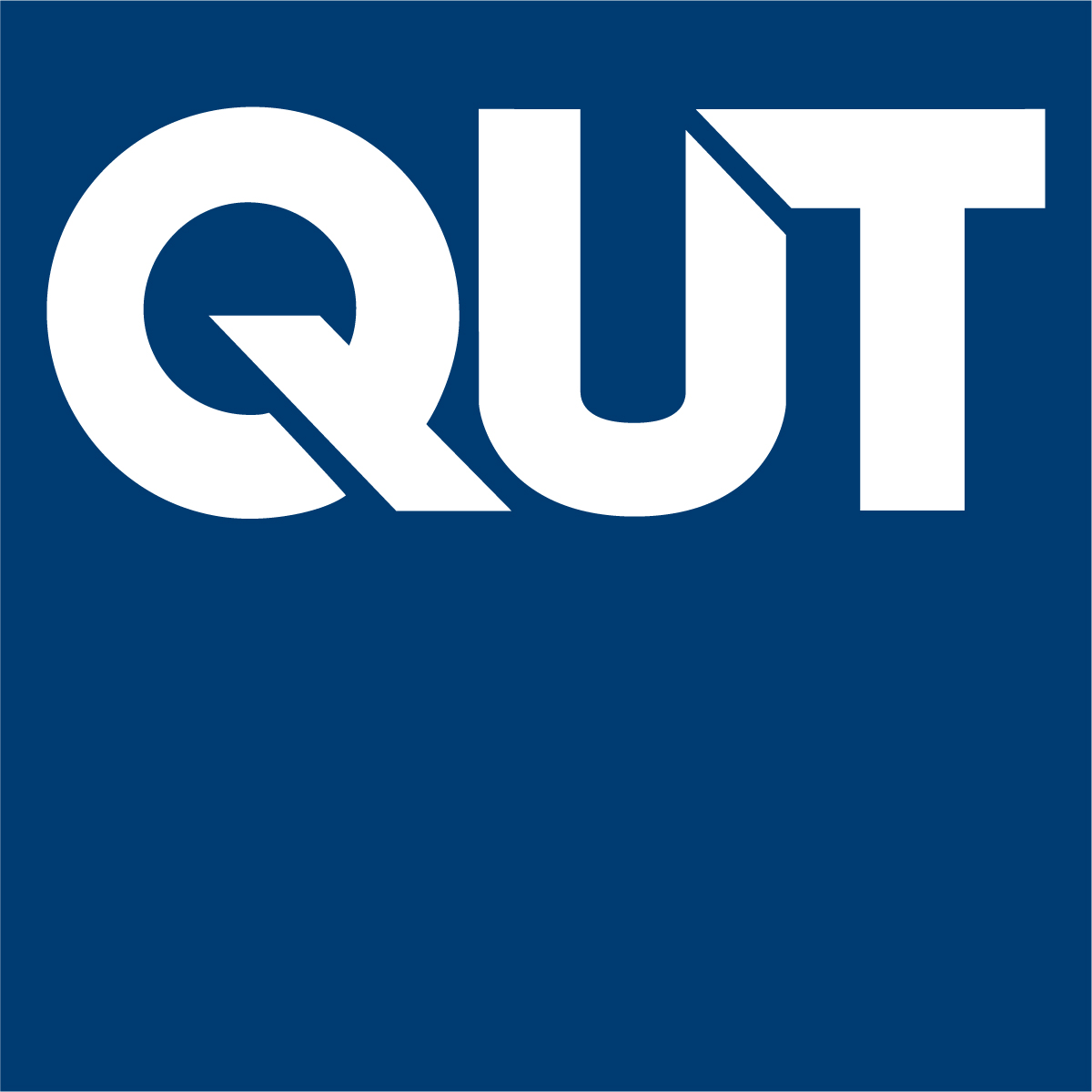Last week I posted a round-up of the latest publications from my QUT DMRC colleagues and me, listing nine new journal articles and book chapters from our various research projects – investigating mis- and disinformation sharing (in general, and related to the COVID-19 pandemic), analysing the dynamics of polarised online discourses, debunking the idea of echo chambers and filter bubbles, mapping social networks, and examining the evolution of journalistic practices.
This week, I’ll do the same for some of my and our recent presentations. As opportunities for in-person events remain very limited under the current circumstances, most of these have …












